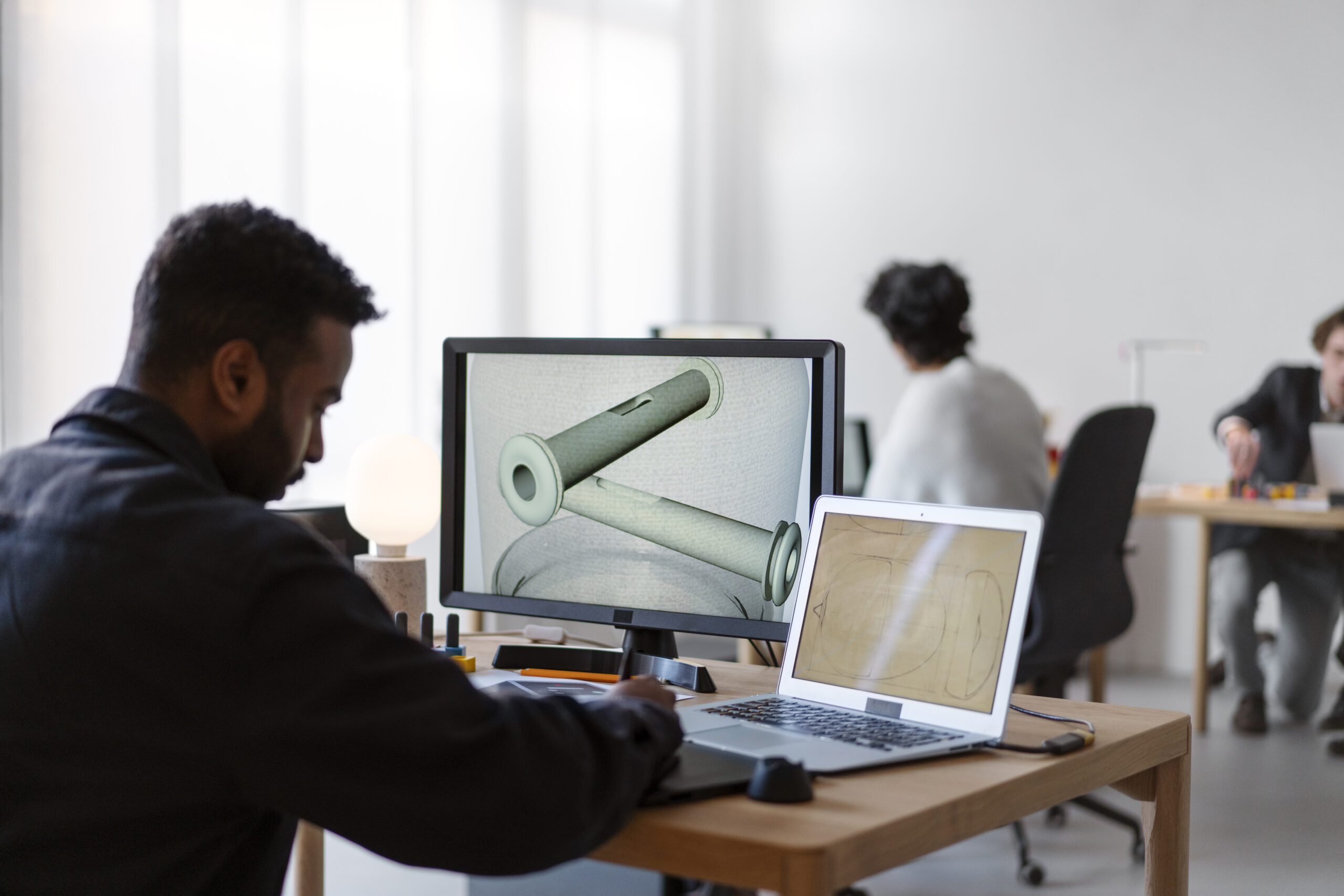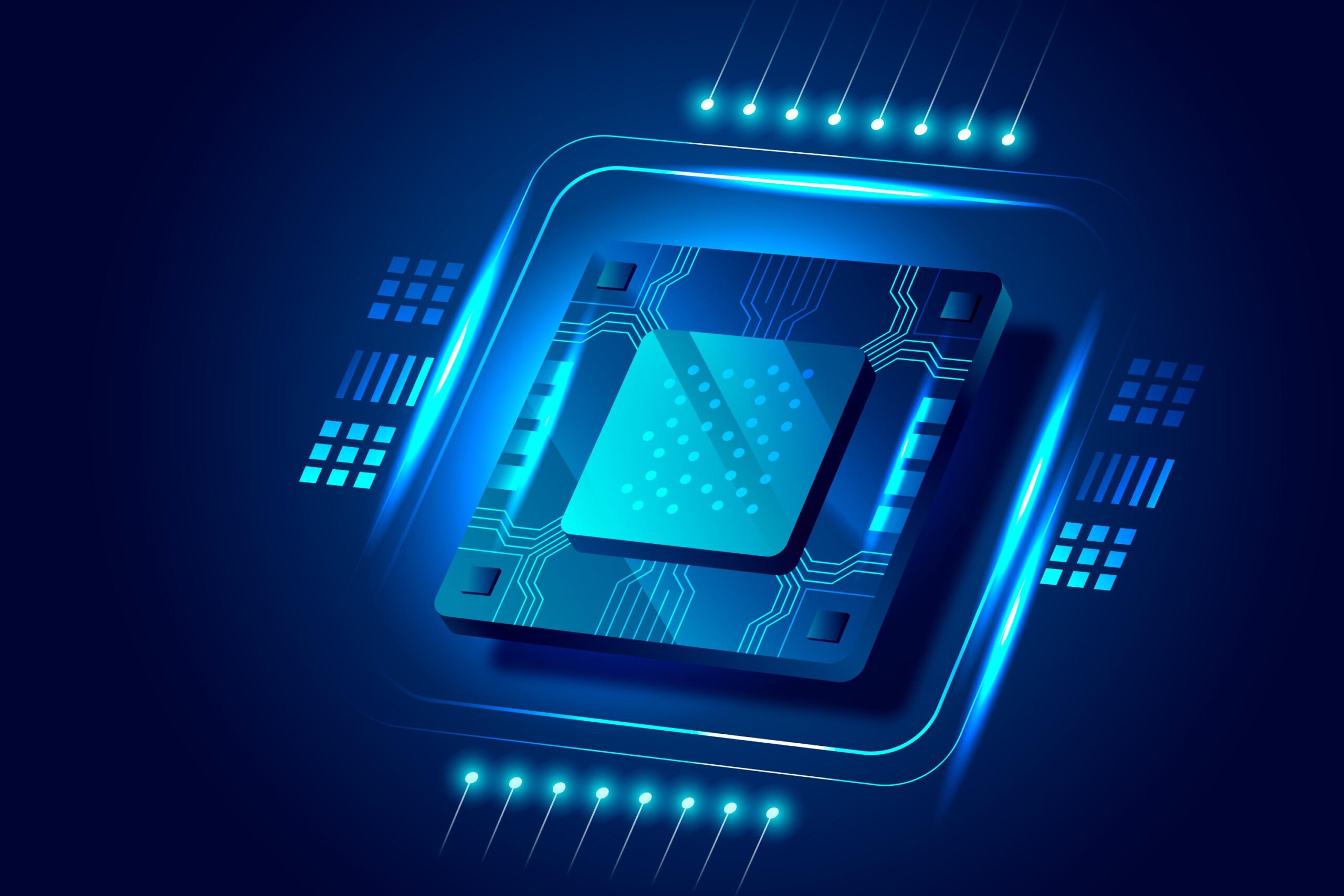RTL to GDSII
From Memory To Momentum
Design | Verify | Deliver
Chip to system, Embedded to software, Training to talent, M-One makes it happen.
Our services include full RTL to GDSII implementation, converting verified RTL code to fully validated physical layout that
guarantees performance, power and area requirements.

RTL2GDSII
Our services include full RTL to GDSII implementation, where we convert verified RTL code to a fully validated physical layout that can be fabricated. Our process guarantees that performance, power and area requirements are achieved without compromising the foundry requirements in any way.
Physical Design
We have the physical design skills to take you through floorplanning, placement, routing, and clock tree synthesis. Our concentration is on generating layouts which are balanced in performance, power efficiency and manufacturability.


Physical Design Verification
Before tape-out, we do a stringent verification test such as Design Rule Check (DRC), Layout Versus Schematic (LVS), and electrical rule analysis. These make sure the physical layout is error-free, complies with all the foundry specifications, and is ready to be successfully fabricated.
RTL to GDSII Flow Chart
RTL Design
The process begins with writing the circuit's functional behavior in a Hardware Description Language (HDL) like Verilog.
Logic Synthesis
The RTL code is converted into a gate-level netlist using a standard cell library.
DFT Insertion (Design for Testability)
Test circuitry (e.g., scan chains) is added to the netlist to make post-fabrication testing easier.
Clock Tree Synthesis (CTS)
The clock signal is distributed across the chip to all sequential elements with minimal delay and skew.
Placement
The individual logic gates are arranged on the chip, minimizing wire length and congestion.
Floorplanning
The chip's overall physical layout is defined, including the placement of major blocks and I/O pads.
Routing
Wires are drawn to physically connect all the placed gates and blocks.
Physical Verification
The final layout is rigorously checked for design rule violations, logical correctness, and timing performance.
GDSII Generation
The final, verified layout is converted into a GDSII file, which is sent to the foundry for manufacturing.
